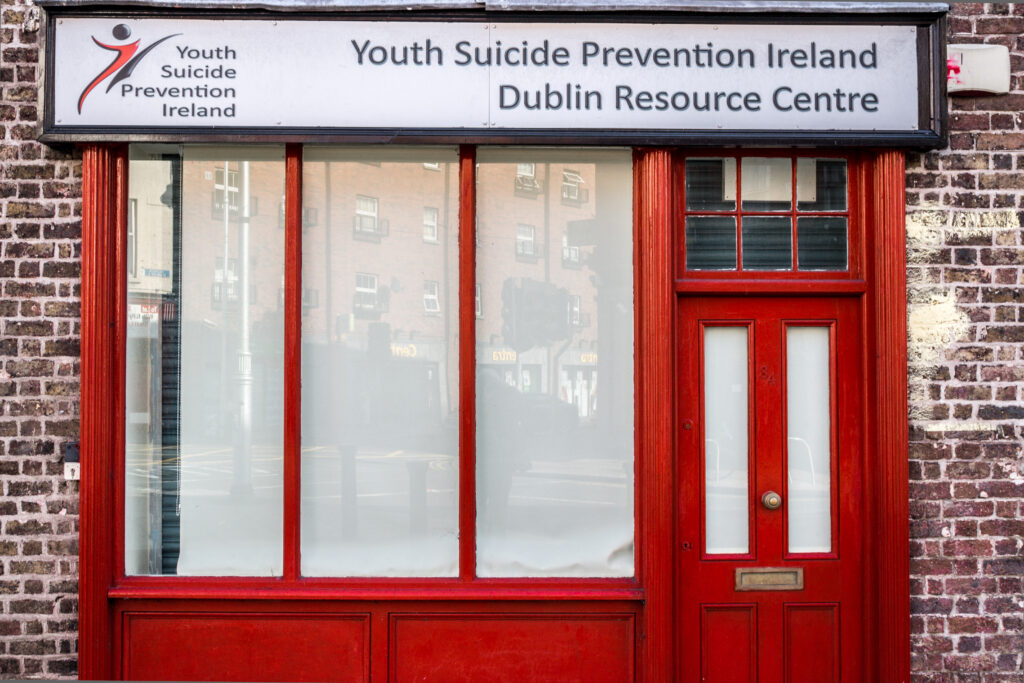Suicide is the 11th leading cause of death in the United States (CDC 2023). In 2021, 12.3 million adults seriously thought about suicide, 3.5 million adults made a plan, and 1.7 million adults attempted suicide. Between 2000 and 2018, suicide rates increased 37%. Between 2018 and 2020, suicide rates decreased 5%, but in 2021 rates nearly returned to their peak. Provisional data displays a 2.6% increase in suicide rate from 2021 to 2022 (CDC 2023). These statistics display that suicide is a major health concern in the United States. These statistics also show that there have been changes in the suicide rate from 2018 to 2023. A major event that happened in the middle of this time period was the COVID-19 pandemic. Prior research indicates that pandemics lead to several factors for suicidality, such as isolation, loneliness, economic fallout, domestic abuse, stigma, and fear (Banerjee et al. 2021).

Youth Suicide Prevention Ireland, William Murphy, Flickr, CC BY-SA 2.0
Durkheim theorizes that suicide is a social phenomenon to be analyzed sociologically by studying the context of social environments in which suicide occurs. He suggests that the rise and fall of suicide rates will depend on the nature of social change (Khan et al. 2021). COVID-19 was a major time of social change, increasing the risk of isolation, fear, stigma, abuse, and economic fallout (Banerjee et al. 2021). Through analyzing a time when people may have been less strongly bound to their society, the COVID-19 pandemic, I hope to identify the various themes in the discussion of suicide on the blog platform The Mighty.